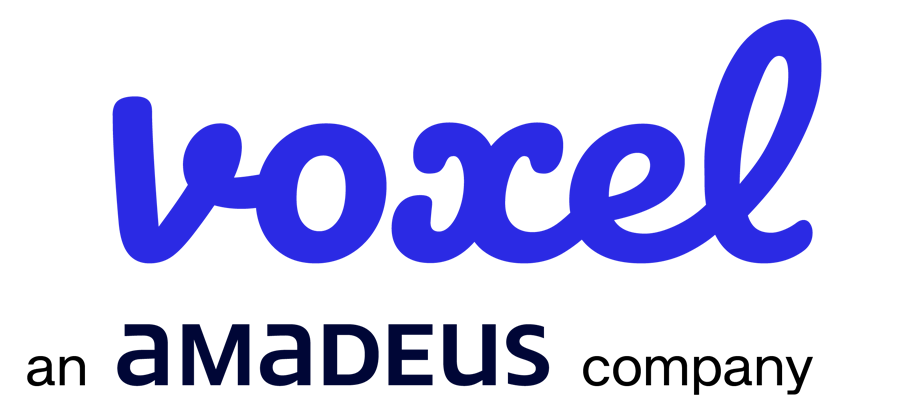
Electronic invoicing guide
Oman

Digital reporting requirements
TBC – Peppol.
Obligatory
While the Oman Tax Authority (OTA) has not officially announced a specific timeline for e-invoicing implementation the tender details do mention the time periods and phases of rollouts.
The e-invoicing tender was announced in August 2024, with finalization expected by November 2024. From December 2024 to November 2025, the project will focus on gathering requirements, completing the design phase, finalizing the solution architecture, and conducting development and testing.
Here are the e-invoicing in Oman Expected Deadlines:
• 1st January 2026 – Rollout 1: Pilot Rollout Phase. Voluntary adoption for large companies (almost 100) to fine-tune the system, develop reporting, and prepare for a broader rollout.
• 1st July 2026 – Rollout 2: For Large Taxpayers. For large taxpayers (based on turnover) with the system fully operational for this group.
• 1st January 2027 – Rollout 3: All Business. For all business, including SMEs, wih a six-month adoption window.
• 1st January 2027 – Rollout 4: Government-to-Business (G2B) transactions. For all Government-to-Business transactions.
Oman is implementing e-invoicing for all VAT-registered businesses, with a phased rollout based on business size. The system will cover all transaction types, including:
• B2B (Business-to-Business): Standardized invoices between businesses.
• B2G (Business-to-Government): E-invoices for business transactions with government entities.
• G2B (Government-to-Business): Invoices from government entities to businesses.
• B2C (Business-to-Consumer): E-invoices for consumer transactions, particularly for simplified invoices.
Authority
The Sultanate of Oman Tax Authority (OTA).
Platform
E-invoice Platform (IEP).
Format
TBC – Peppol.
Storage time
TBC.
Reporting and processes
Processes
1. Standardized Invoices: Invoices will follow a standardized format to ensure compliance with OTA regulations.
2. Access Points and Service Providers: Invoices will be sent through access points or service providers who validate and approve them as predefined guidelines.
3. Validation and Approval: Service providers will check invoices for compliance before sending them to the OTA.
4. Data Sharing with OTA: Approved invoices will be shared with the OTA to enhance monitoring and compliance.
Upcoming legislative changes
The Sultanate of Oman Tax Authority (OTA) initially planned to introduce e-invoicing in 2024, following the lead of other GCC countries like Saudi Arabia (KSA), UAE and Bahrain. However, it appears that this plan has been unofficially postponed to 2025, as the OTA has yet to release any details, rules, or clarifications.
While the OTA has not officially announced the model, process, or technical specifications for the e-invoicing implementation, it has issued a tender for the design, implementation, management, and support of the Integrated E-invoice Platform (IEP). This tender provides significant insights into the upcoming e-invoicing system in Oman.
According to the released tender, Oman is adopting a 5-corner model for e-invoicing. In this model, all digitized e-invoices are validated, stored, and overseen by the Oman Tax Authority (OTA) through a middleware system that connects buyers, suppliers, and the OTA.
Links of Interest and documents
Links of interest
https://tms.taxoman.gov.om/portal/web/taxportal/home
Do you have a specific need?
Get in touch with our team of experts to tackle legislative challenges.
- Detailed reports for any market.
- Support and advice in the implementation process.
- Electronic invoicing as the cornerstone of your company's digital transformation.

